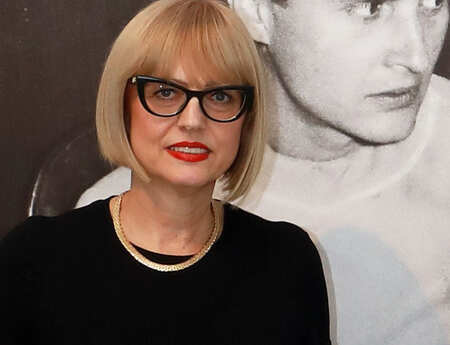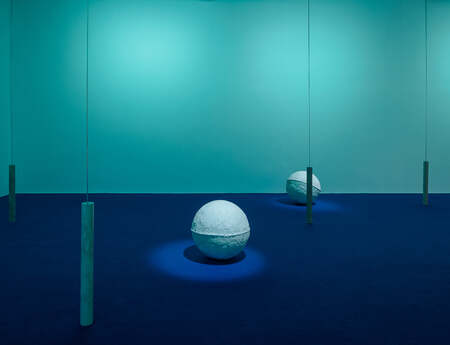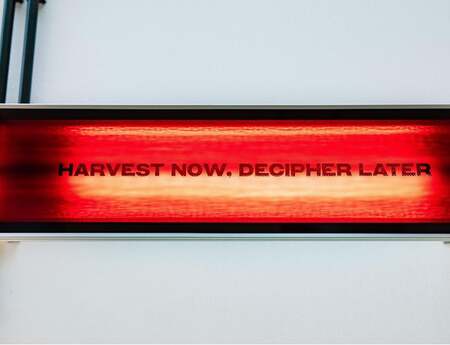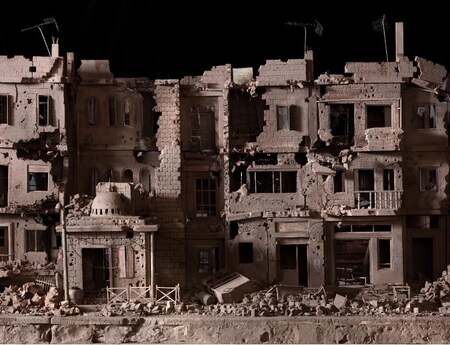Aleksandar Srnec, Pioneer of Abstract and Lumino Kinetic Art in Croatia
This year, the Museum of Contemporary Art in Zagreb has been celebrating two anniversaries: the 70th anniversary of the museum's existence and the 100th anniversary of the birth of four exceptional artists: Julije Knifer, Ivan Picelj, Aleksandar Srnec, and Josip Vaništa. During this year, exhibitions of the cycle titled "70 / 100" have been held, which remind us of the importance of the big four, who have significantly marked the museum's activities since its very foundation in 1954.
During the 1960s, Aleksandar Srnec became a leader in innovations in the field of object and program art, introducing non-sculptural materials, space, movement, and light into the hitherto static medium of sculpture. He uses lumino kinetic research and new technologies to create unique lumino environments and luminoplastic in Croatia (at that time part of Yugoslavia), creating marvelous kinetic-light scenes and linear arabesques, and expanding the idea of a work of art through the use of technology. He also created drawings, paintings, collages, prints, and sculptures. He was engaged in graphic design, designs of exhibition pavilions and international exhibitions, as well as experimental and cartoon films. An abstract way of thinking, innovation, experimentation, and the need to search for new forms of design run through all these media.
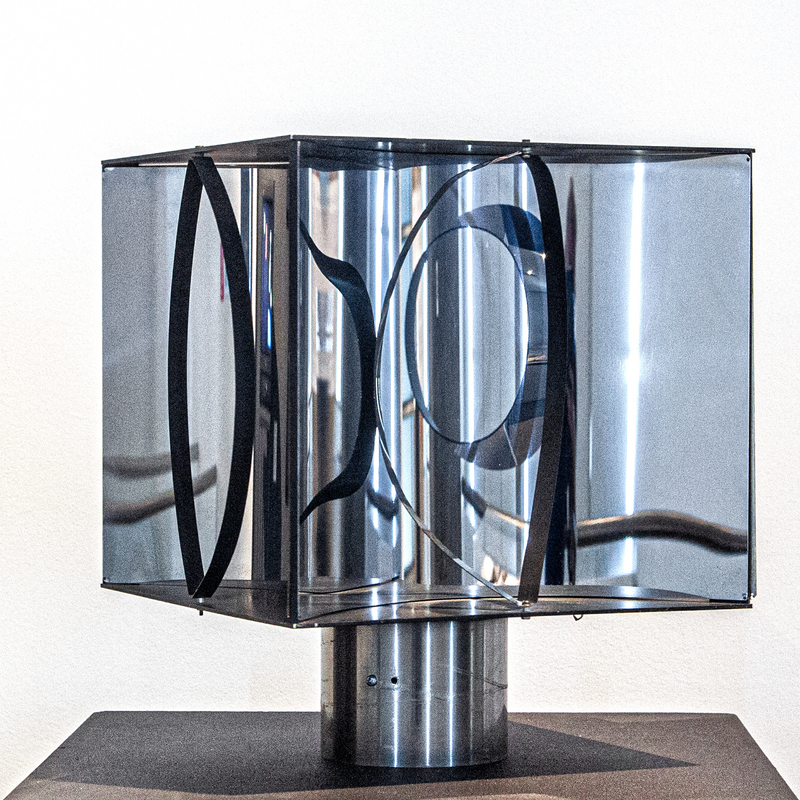
The exhibition that was held at the Museum of Contemporary Art from June 26 to August 25, 2024, showed the richness and diversity of the work of Aleksandar Srnec, which the museum has collected over the years. The curator of the exhibition was Nataša Ivančević, PhD, and the author of the exhibition display was Lada Sega.
The 1950s: The beginnings of Aleksandar Srnec's artistic research and innovations
The beginnings of Aleksandar Srnec's artistic research and innovations go back to the early 1950s, when, together with other members of the EXAT 51 group (1951-1956), he influenced the break with the doctrine of socialist realism. They introduce abstraction, advocate for the freedom of artistic expression and the synthesis of all fine arts, modernizing all areas of visual artistic expression and visual culture, which they focus their activity on. In the 1950s, Srnec created an extensive abstract drawing and painting oeuvre. In the object titled Spatial Modulator (1953), with which he would anticipate the research of kineticism in objects in the 1960s, he would spatialize the moving lines that are the basic artistic element of his early drawings and paintings.
Aleksandar Srnec: A leader in innovations in the field of lumino kinetic objects and sculpture in the 1960s
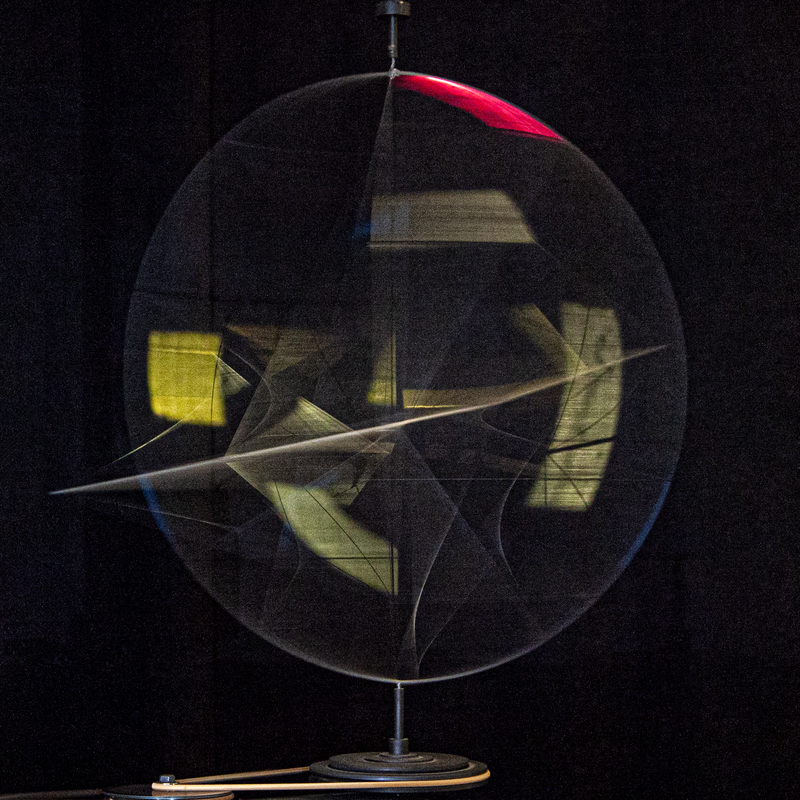
Fascinated by light and movement, during the 1960s, Aleksandar Srnec created a unique artistic oeuvre in the field of kinetic and lumino kinetic objects and sculptures in post-war Croatian art.
The first lumino kinetic object created in Croatian art is the Luminoplastic (1965-1967). The slide projector projects 80 slides onto a rotating wire structure powered by an electric motor. The slides were drawn by Srnec by hand, and his starting point was an abstract drawing from the early 1950s. Each slide represents a separate work of art, but the eye does not register it as an individual template, but through the mechanical movement of the object's elements, as the totality of the kinetic process. A moving three-dimensional drawing and light visual experience is created, which is realized in a darkened space.
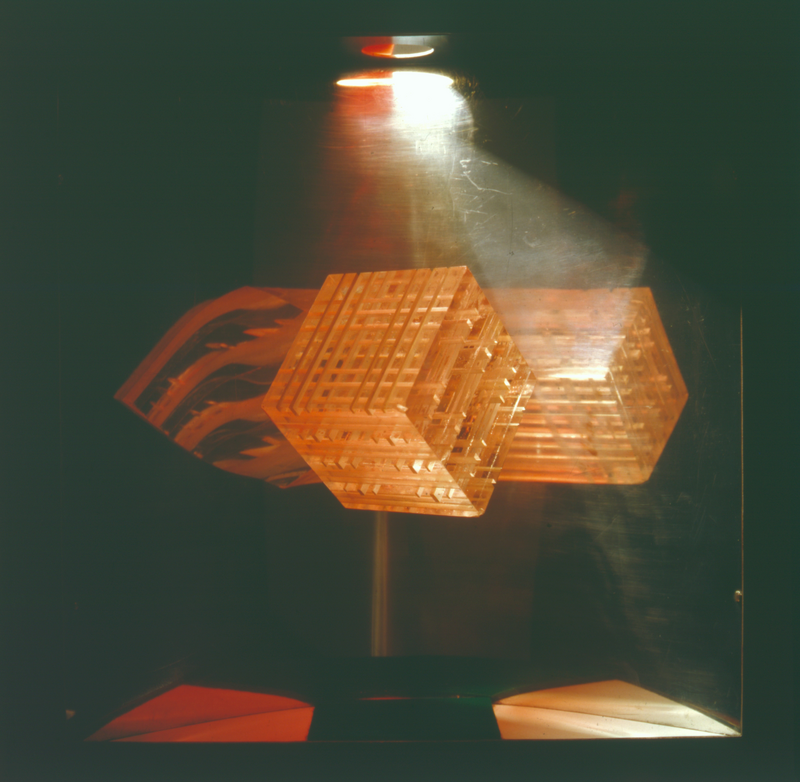
At a solo exhibition at the Gallery of Contemporary Art (today the Museum of Contemporary Art) in 1969, he transformed the entire space into a lumino environment. Executed in Plexiglas, the convex/concave shapes were connected into a vertical series driven by an electric motor. In the darkened exhibition space, Srnec illuminated with the projection of graphically processed slides. Interested in the moving image and prone to intermediality, he creates experimental films whose focus is on the recording of projections on kinetic objects.
He produced a large number of objects from various metal alloys, plexiglas, inserted wires, etc., with the aim of rotating them and the constant transforming of the visual experience. He named the objects using the date and year of their creation. The objects are powered by electric motors of sewing machines, ovens, and washing machines from the 1960s. In order to achieve the desired effect, he was choosing easily accessible, inexpensive, and functional elements. Due to their obsolescence, the mechanisms are often broken, and their functionality is a challenge for conservators.
Aleksandar Srnec's Multiple at the 35th Biennale in Venice
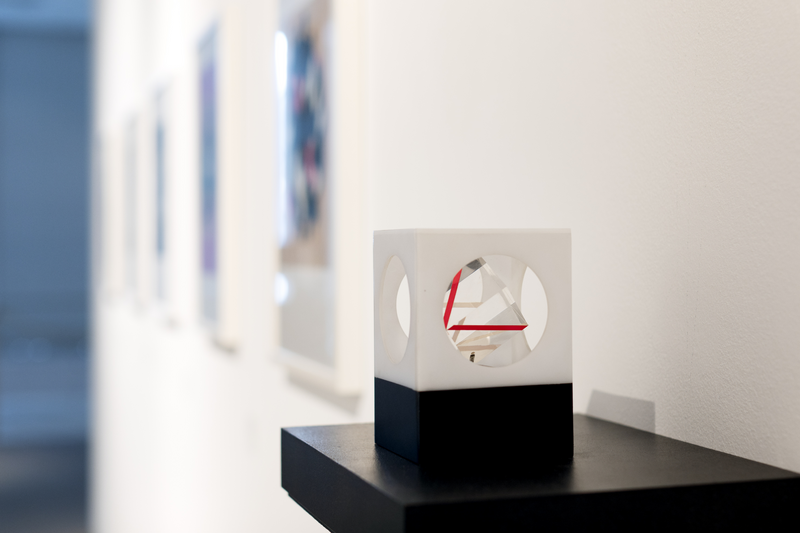
He exhibited in the central pavilion of the 35th Biennale in Venice in 1970, and in the production of the Biennale, the kinetic object Multiple 150570 was produced in 100 copies. The idea of performing a work (print, object) in multiple copies by multiplication was motivated by a desire to democratize art. The work of art is no longer an expensive rarity but is produced in multiple copies in order to make the price acceptable to wider audiences.
The reception of his work
The list of exhibitions in which he participated both locally and abroad is impressive. He exhibited with Ivan Picelj and Vladimir Kristl at the exhibition VII Salon des Réalités Nouvelles in Paris in 1952. It was the first non-institutional appearance of Croatian artists at an international exhibition abroad after the war. Together with Ivan Picelj and Vojin Bakić, Srnec exhibited at Denise René Gallery in Paris in 1959 (the introduction to the exhibition catalog was written by Michel Seuphor and Victor Vasarely) and at Drian Gallery in London (1960 and 1961). The Museum presented him on numerous occasions at exhibitions abroad and organized his solo exhibitions (1969 and 1971). Srnec participated in several New Tendencies exhibitions, which put Zagreb on the cultural map of Europe. In 2010, in a newly opened building of MSU, his comprehensive retrospective, Present Absence, was presented.
Fascinated by light and movement, Aleksandar Srnec created a unique artistic oeuvre in Croatian post-war art. With his lumino kinetic works, he joined a great family of world experimenters – from the pioneers of kinetic art, A. Rodčenko, N. Gabo, V. Tatlin, L. Moholy-Nagy, and A. Calder, to his contemporaries, N. Schöffer, O. Piene, B. Munari, J.R. Soto, J. Tinguely, J. Le Parc, A. Biasi, and others.
Although, due to its innovation and quality, Aleksandar Srnec's art was recognized in a timely manner at the time of its creation, it still did not take its rightful place in the world reviews of kinetic art.
We hope that this injustice will be at least partially redressed by the exhibiting of Luminoplastic, his now historic work, at the exhibition Electric Dreams: Art and Technology Before the Internet, which is opening soon at the Tate Modern in London.
The article was written by Nataša Ivančević in English.

